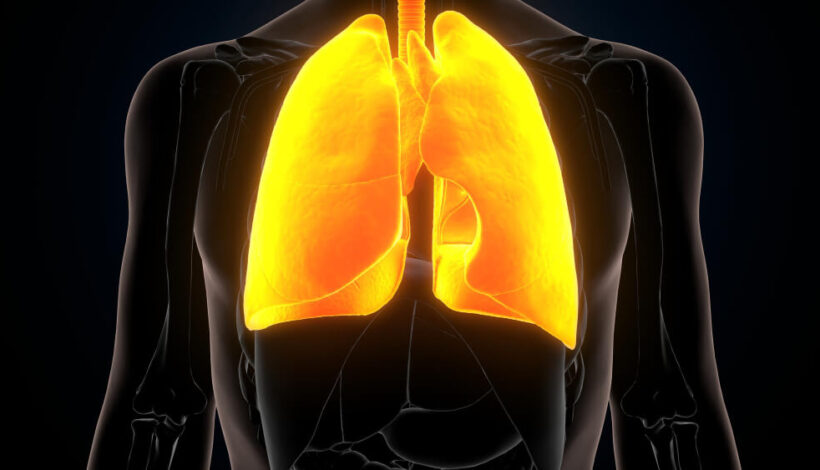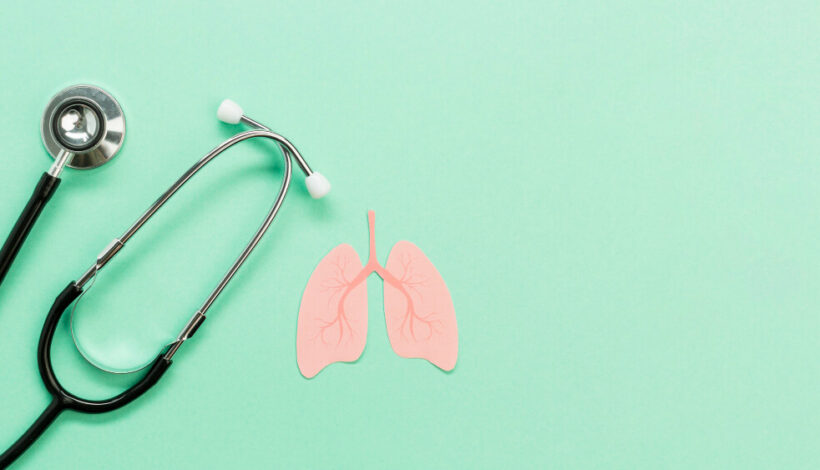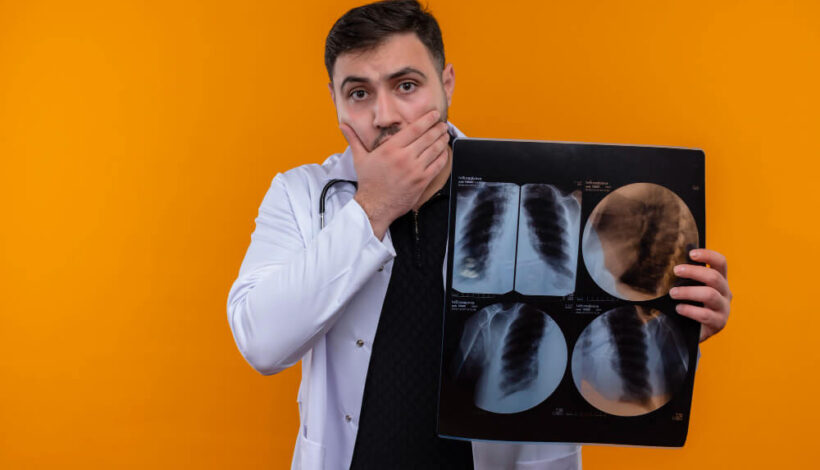Burning lungs, characterized by a sensation of heat, discomfort, or irritation in the chest, can be a distressing symptom that may indicate underlying respiratory issues or conditions. With over 25 years of specialized practice in respiratory medicine, infectious diseases, and tuberculosis, Dr. Kumar Doshi offers invaluable insights into understanding burning lungs, its potential causes, associated symptoms, diagnosis, and treatment options. In this comprehensive article, we explore burning lungs and Dr. Doshi’s expert guidance on managing this symptom effectively.
What Are Burning Lungs?
Burning lungs refer to a sensation of heat, warmth, or discomfort in the chest, often accompanied by respiratory symptoms, such as coughing, wheezing, shortness of breath, and chest tightness. Dr. Doshi explains that burning lungs can be indicative of various respiratory conditions, irritants, or underlying health issues affecting lung function, respiratory comfort, and overall respiratory well-being.
Causes of Burning Lungs
- Respiratory Infections: Viral or bacterial respiratory infections, such as bronchitis, pneumonia, and influenza, can cause inflammation, irritation, and burning sensation in the lungs, leading to respiratory symptoms and discomfort. Dr. Doshi emphasizes the importance of early diagnosis, appropriate treatment, and effective management of respiratory infections to alleviate symptoms, reduce inflammation, and support lung health.
- Airway Irritants and Allergens: Exposure to airway irritants, such as cigarette smoke, environmental pollutants, allergens, dust, chemicals, and strong odours, can irritate the airways, cause inflammation, and trigger a burning sensation in the lungs. Dr. Doshi recommends minimizing exposure to respiratory irritants, practising good respiratory hygiene, using air purifiers, and avoiding smoking and secondhand smoke to protect lung health and reduce respiratory discomfort.
- Acid Reflux and Gastroesophageal Reflux Disease (GERD): Acid reflux, heartburn, and gastroesophageal reflux disease (GERD) can cause stomach acid to flow back into the oesophagus and irritate the lungs, leading to a burning sensation, coughing, and respiratory symptoms. Dr. Doshi underscores the importance of managing acid reflux, maintaining a healthy diet, avoiding trigger foods, practising good eating habits, and seeking medical evaluation and treatment to alleviate symptoms, protect lung health, and prevent complications.
- Respiratory Conditions and Diseases: Chronic respiratory conditions, such as asthma, COPD, bronchitis, emphysema, and interstitial lung diseases, can cause airway inflammation, reduced lung function, and respiratory symptoms, including burning lungs. Dr. Doshi emphasizes the importance of early diagnosis, comprehensive management, and personalized treatment strategies to control symptoms, improve lung function, and enhance overall respiratory well-being in patients with chronic respiratory conditions.
Associated Symptoms of Burning Lungs
- Coughing and Wheezing: Persistent coughing, wheezing, and respiratory distress can accompany burning lungs due to airway irritation, inflammation, and increased mucus production. Dr. Doshi recommends using bronchodilators, anti-inflammatory medications, and respiratory therapies to alleviate symptoms, improve lung function, and enhance respiratory comfort.
- Shortness of Breath and Chest Tightness: Shortness of breath, difficulty breathing, and chest tightness can result from reduced lung function, impaired gas exchange, and increased respiratory effort in individuals experiencing burning lungs. Dr. Doshi underscores the importance of practising regular exercise, pulmonary rehabilitation, and respiratory muscle training to improve cardiovascular fitness, enhance exercise capacity, and support overall respiratory health.
- Respiratory Discomfort and Irritation: Respiratory discomfort, irritation, and a feeling of warmth or burning sensation in the chest can occur due to inflammation, airway irritation, and respiratory conditions affecting lung health and function. Dr. Doshi recommends seeking medical evaluation, performing diagnostic tests, and implementing targeted treatment strategies to identify underlying causes, alleviate symptoms, and optimize lung function and respiratory comfort.
Diagnosis and Treatment Options
- Medical Evaluation and Diagnostic Tests: Dr. Doshi emphasizes the importance of seeking medical evaluation, performing comprehensive diagnostic tests, such as chest X-rays, pulmonary function tests (PFTs), bronchoscopy, and imaging studies, to identify underlying causes, assess lung function, and diagnose respiratory conditions or diseases associated with burning lungs.
- Treatment Strategies and Management: Implementing personalized treatment strategies, including anti-inflammatory medications, bronchodilators, oxygen therapy, respiratory therapies, lifestyle modifications, and dietary changes, can help manage symptoms, reduce inflammation, protect lung health, and support overall respiratory well-being in individuals experiencing burning lungs.
Conclusion
Understanding burning lungs, recognizing associated symptoms, identifying underlying causes, and implementing targeted treatment strategies are essential for managing these symptoms effectively, improving lung function, alleviating respiratory discomfort, and enhancing overall respiratory well-being. Dr. Kumar Doshi’s extensive experience as an interventional chest physician underscores the significance of early diagnosis, comprehensive management, and personalized treatment approaches to support lung health, optimize respiratory function, and ensure long-term respiratory health and vitality.
By understanding burning lungs, seeking expert guidance, following personalized treatment regimens, practising healthy lifestyle habits, and embracing proactive respiratory care, you can take proactive steps to protect, support, and optimize lung function, ensuring optimal respiratory health, vitality, and quality of life.




